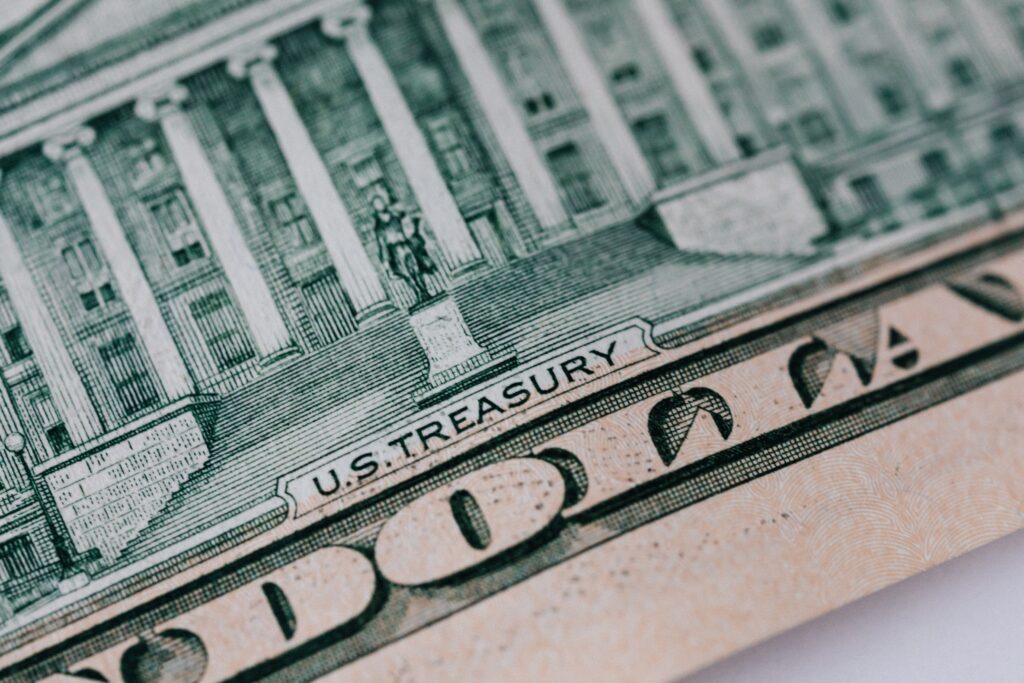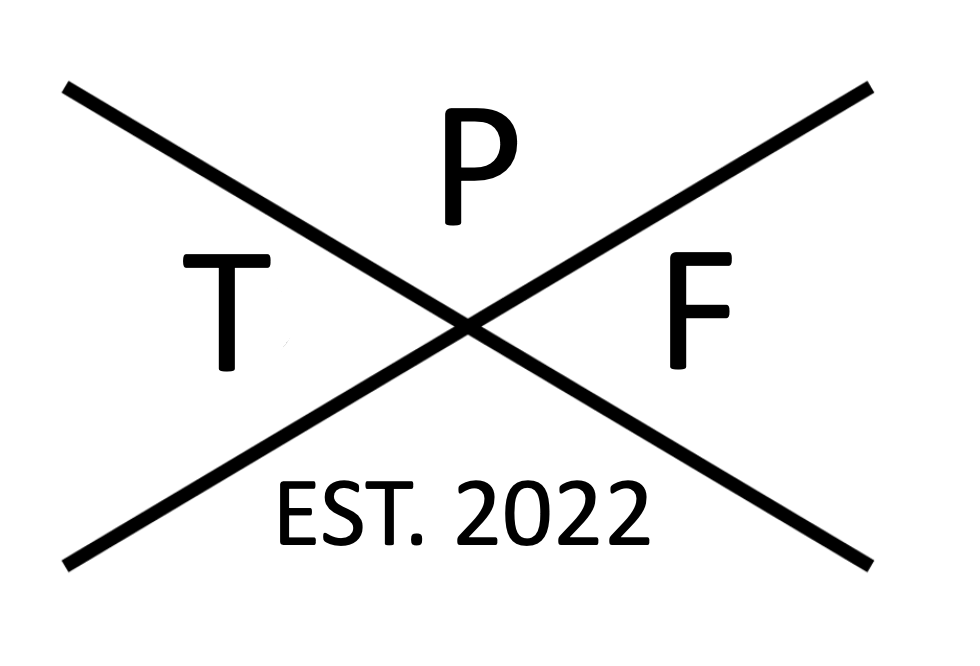Welcome to another weekly update on the latest and greatest in finance.
The big news this week was a surge in stocks on Friday following April’s jobs report, which revealed that the US added over 250,000 jobs last month and pushed the unemployment rate down to 3.4%. This is a promising sign that the economy is moving in the right direction. While progress has been slow and at times painful, the economy’s strength appears to be trending positively. However, there are still serious concerns within the financial sector, especially as it pertains to some of the smaller and regional banking institutions. Despite some worries still persisting, we can believe that there is good progress happening.
Interest rate increase
This week, the Federal Reserve met again to discuss the state of the economy and decided to raise the interest rate another 0.25%. This additional hike was expected by many analysts since inflation remains well above the normal range. Fed Chairman Jerome Powell hinted this week that additional hikes may not be needed, but he was clear that inflation will take time to come down to more acceptable levels. The Fed will likely track the coming economic data closely to assess the impact of the most recent hike and then decide if more hikes are needed.
As the Fed moves forward, it must find a good balance between raising the interest rate and slowing the economy to bring inflation down. Raising interest rates too high can have negative impacts on the economy. One potential risk is that it can lead to a slowdown in economic activity and growth as borrowing becomes more expensive for businesses and consumers. This can also lead to decreased investment and hiring by companies, which can lead to higher unemployment rates. Luckily, based on this week’s job data, this has not happened yet, but remains a major concern if rate hikes continue. Additionally, higher interest rates can lead to a decrease in asset prices, such as stocks and real estate, which can negatively impact investors and homeowners.

National debt ceiling
As mentioned last week, the looming debt limit ceiling is quickly approaching. Treasury Secretary Janet Yellen formally informed Congress this week that the US may not be able to meet its borrowing obligations as early as June 1st. The intent is to highlight to Congress the seriousness of the issue and hopefully motivate Congress to act swiftly.
If the US doesn’t raise the debt limit and defaults on its debts, it could have serious consequences for the US and the global economy. Defaulting on its debts means that the US government would be unable to make payments on its outstanding debts, including Treasury bonds and bills. This could lead to a loss of confidence in the US government’s ability to manage its finances, causing a spike in interest rates, which would make it more expensive for the government to borrow money in the future. In addition to higher borrowing costs, a default could also lead to a financial crisis and a severe economic recession. Investors, both domestic and international, could lose confidence in the US economy and start to withdraw their investments, leading to a sharp decline in the value of the US dollar. This could trigger a chain reaction of events that could spread to other parts of the global economy. Furthermore, a default could also impact the US government’s ability to provide essential services and programs, such as Social Security, Medicare, and national defense, as the government would have less money to spend on these programs. Ultimately, a default would be a catastrophic event with severe and far-reaching consequences for the US and the global economy.

